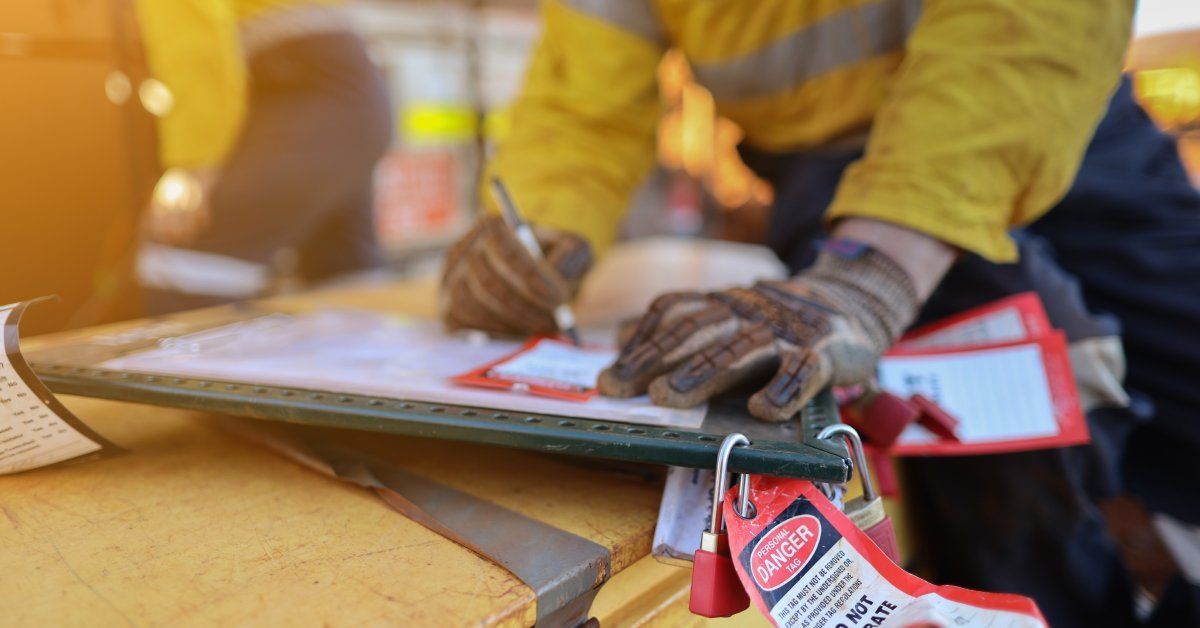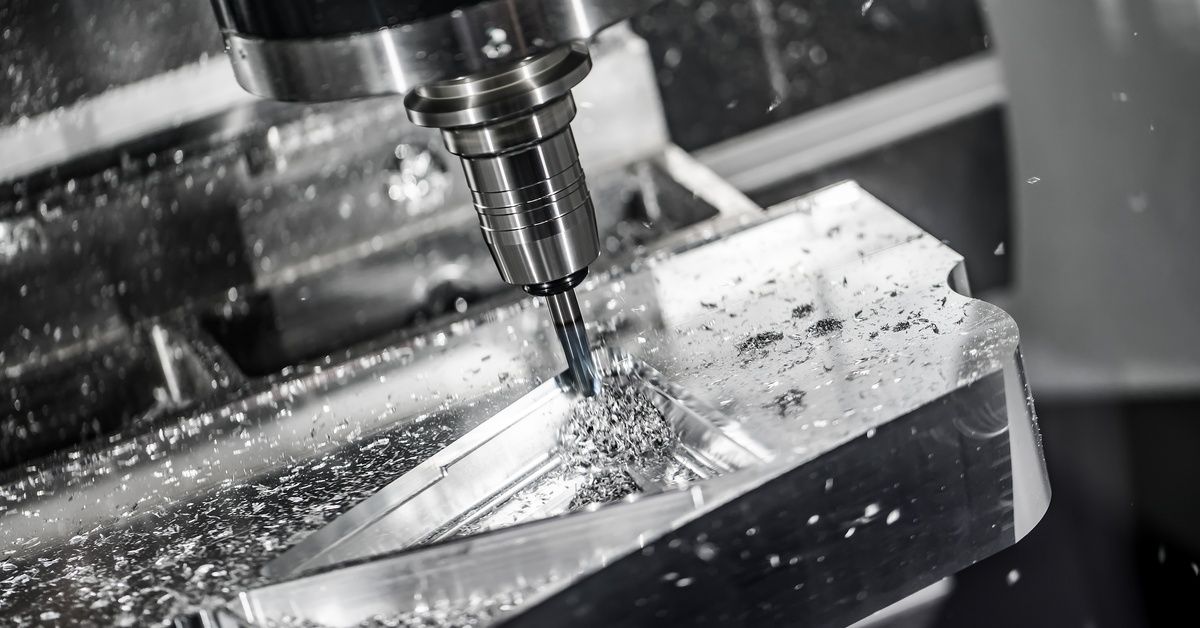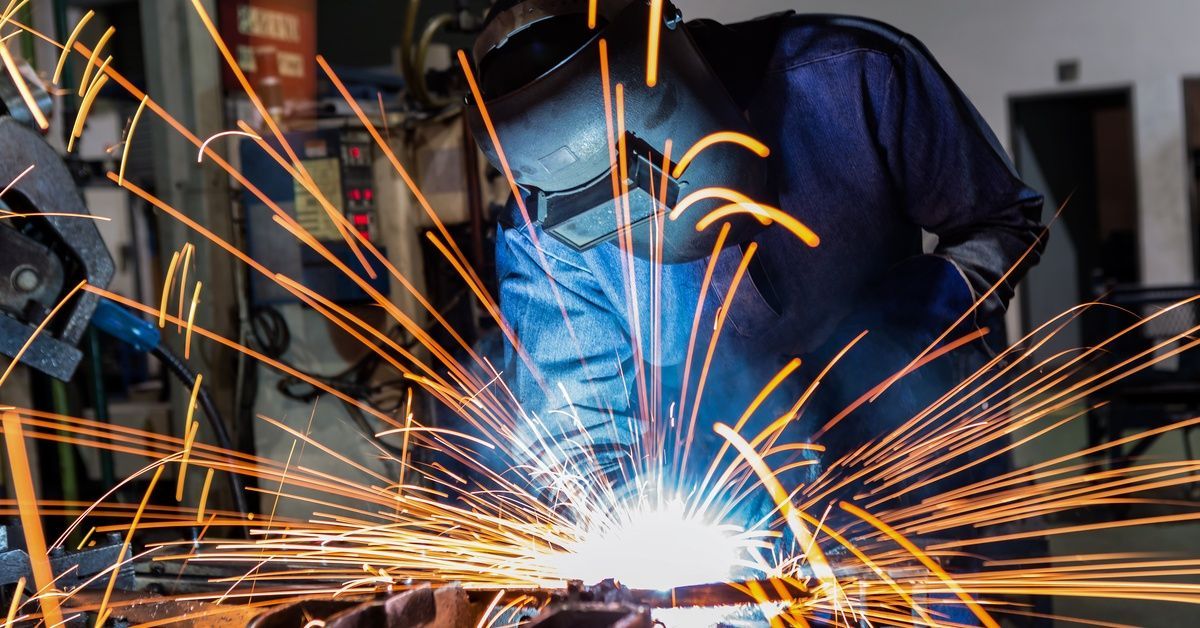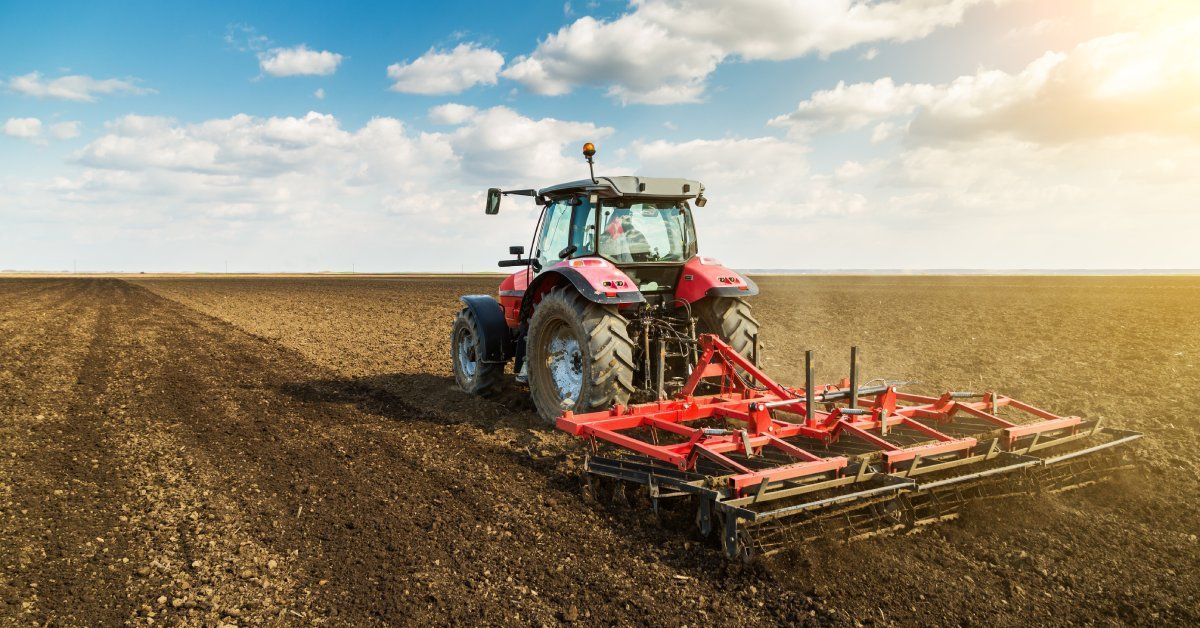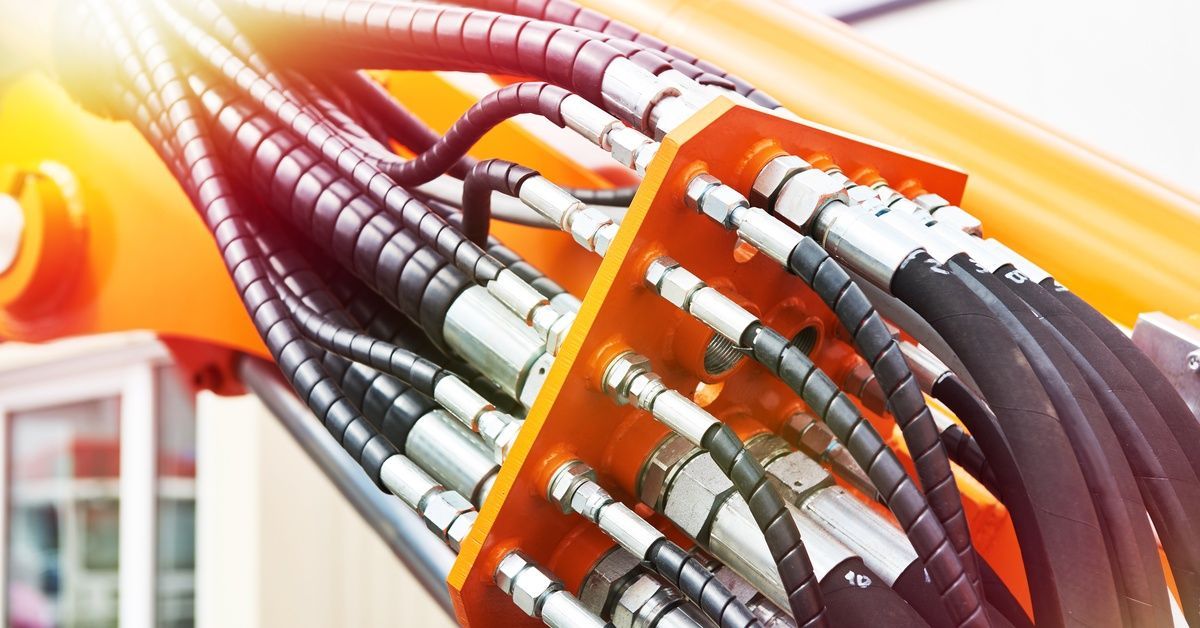A Brief Introduction to the Process of Prototype Development
In manufacturing, innovation is how you stay ahead. Unfortunately, moving from a brilliant idea to a tangible product that will capture the market can be challenging.
For entrepreneurs, manufacturers, and business leaders, understanding this process is key to turning concepts into reality. Here, we offer a brief introduction to the process of prototype development, providing practical insights and tips to help you succeed.
Why Prototype Development Matters
Prototype development is the bridge between your vision and its realization. It allows you to test, refine, and validate your ideas before committing to full-scale production. This not only saves time and money but also helps identify potential flaws early on.
Investing in prototype development can significantly increase your chances of success. By creating a working model, you can demonstrate your idea's feasibility to stakeholders, attract investors, and even secure pre-orders before launching your final product.
Types of Prototypes
A prototype is an early sample or model built to test a concept or process. It serves as a proof of concept that can be used to evaluate design choices and functionality.
Prototypes come in various forms, ranging from simple sketches and models to fully functional versions of the product. Understanding these variations can help you choose the right approach for your project.
Low-Fidelity Prototypes
Low-fidelity prototypes are basic representations of your idea, often made from inexpensive materials like paper or cardboard. They are used to quickly test and visualize concepts without investing much time or resources.
High-Fidelity Prototypes
High-fidelity prototypes are more detailed and closer to the final product. They may include working components and realistic materials, allowing for more accurate testing of functionality and user experience.
Digital Prototypes
In today's digital age, many prototypes are created using software tools. Digital prototypes can be interactive, allowing users to simulate the product experience and provide valuable feedback.
Developing a Prototype
Developing a prototype involves a meticulous blend of creativity, technical skills, and strategic planning. It starts with translating your initial concept into a physical or digital model, which acts as a tangible manifestation of your idea. Depending on the nature of the product, this could involve sketching out blueprints, creating 3D models, or sending ideas to a prototype machine shop.
The aim is to create a functional version that can be tested and evaluated. As you progress, iterative testing and refinement are key. You’ll need to gather feedback, make adjustments, and evolve the prototype closer to the final version with each cycle. Effective documentation throughout this process is essential for maintaining a clear trail of development, which is invaluable when transitioning to full-scale production.
Iterating on Your Best Ideas
Prototype development is a vital step in bringing your ideas to life. By following a structured approach and continuously testing and refining your prototype, you can create a product that stands out in the market and meets user needs.
With this brief introduction, you should have a better understanding of the process of prototype development. Don't be afraid to make mistakes and learn from them. With each iteration, you'll get closer to creating a product that truly resonates with your audience.
